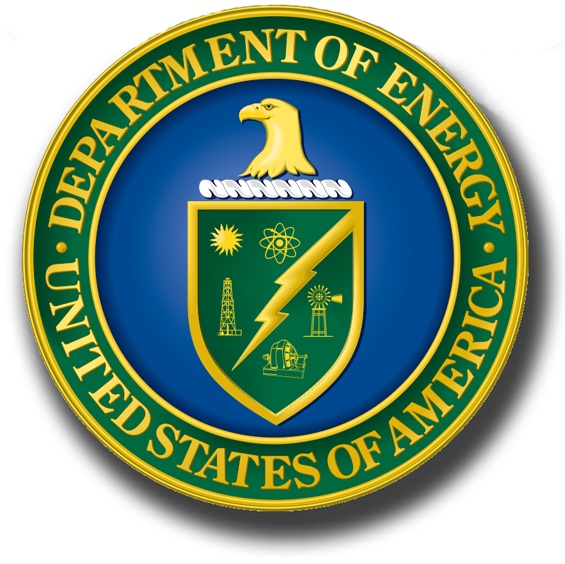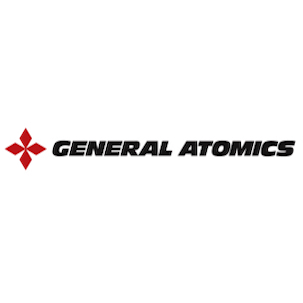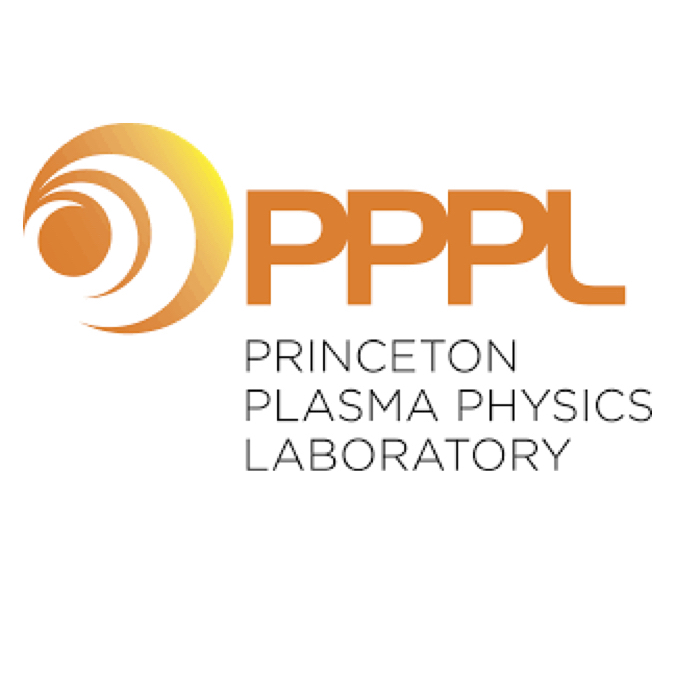Nonlinear Burn Control and Optimal Actuator Allocation of ITER Plasmas with Uncertain Parameters and Actuator Dynamics
V. Graber, E. Schuster
11th ITER International School on “ITER Plasma Scenarios and Control”
San Diego, California, USA, July 25-29, 2022
In ITER, achieving controlled fusion, where the burning plasma regime
is sustained in steady state, will demonstrate the feasibility of commercial
fusion power. To drive deuterium-tritium plasmas to high-fusion, steady-state
regimes, burn controllers use external heating and fueling sources to
regulate its temperature and density. The following actuators can supply
the external heating and fueling necessary for burn control in ITER: the
ion cyclotron system, the electron cyclotron system, two neutral beam
injectors, the pellet injection system, and the gas fueling system. This
suite of actuators must be properly managed so that their output precisely
matches the burn control requests for external ion heating, electron heating,
deuterium fueling, and tritium fueling. Actuator allocators can achieve
an optimal mapping between the actuators' outputs and the burn control
requests despite the constraints of the actuators. In this work, a model-based,
nonlinear burn controller and an optimal actuator allocator, which work
in tandem to regulate the plasma, are presented. A model-based approach
to burn control design is attractive because it directly incorporates
the nonlinear, coupled dynamics of the burning plasma system into the
design. The actuator allocator is designed to handle the time delays that
will be experienced when using ITER's actuators. For example, the injection
of pellets requires a long flight time through guide tubes, and the injected
neutral beam particles take an appreciable amount of time to thermalize
(slow down) in the plasma. Both the burn controller and actuator allocator
employ adaptive estimation techniques to overcome the existence of uncertainties
(i.e., not precisely known quantities). These uncertainties include constant
plasma parameters that characterize complex phenomena such as the particle
recycling caused by plasma-wall interactions. Furthermore, the actuator
allocator's adaptive estimation is also designed to handle the following
time-varying, state-dependent parameters: the fueling efficiency of the
pellet injection, the thermalization delay of the neutral beam particles,
and the uneven distribution of the neutral beam heating between the plasma
ion and electron populations. The capability of the nonlinear burn controller
and the optimal actuator allocator is evaluated in a simulation study.
*Supported by the US DOE under DE-SC0010661.







